Few things can ever prepare you for the moment you come face to face with a mountain gorilla. Their sheer size and presence will stop you in your tracks. As the largest living primates, gorillas can grow to six feet tall and weigh 600 pounds or 270 kg.
Uganda is home to nearly half of the world’s mountain gorillas, which can also be found in Rwanda and the Democratic Republic of Congo. For decades, these animals suffered extensive human threats including poaching, habitat deforestation and disease transmission. However, they’ve made a comeback through active conservation efforts, jumping in population from 620 in 1998, to 1,063 in 2018, according to figures from UNESCO.
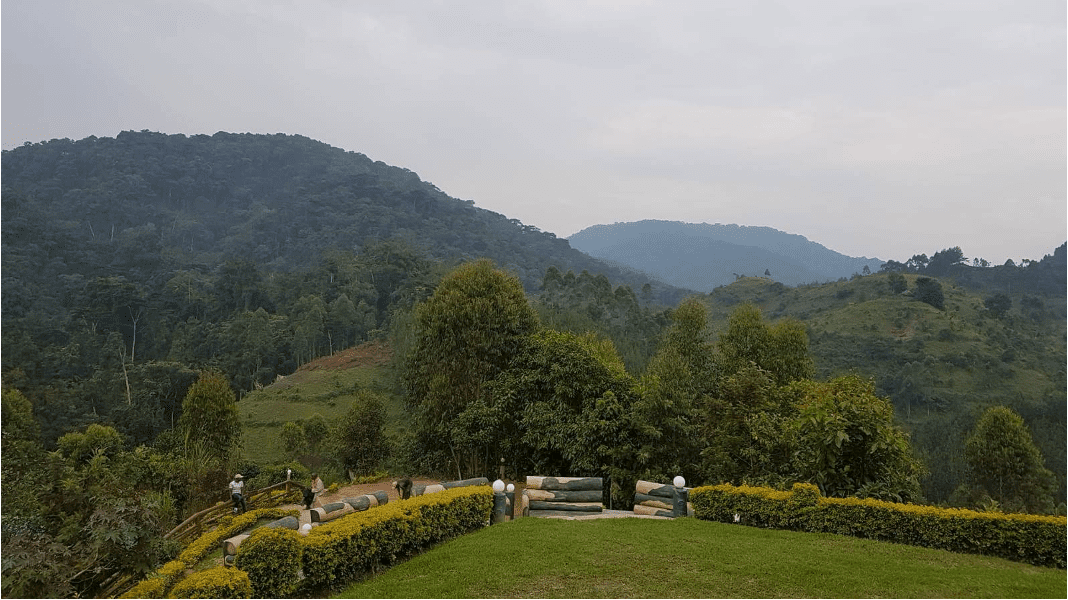
If you have been contemplating seeing mountain gorillas up close, here are eight reasons to add this once-in-a-lifetime opportunity to your travel list:
1 To live in the now
Two years of lockdown taught us just how precious life is and the importance of living in the present. We tell ourselves to take that trip next time or next year, but we do ourselves a disservice by pushing such plans back because then they may never happen.
As a Ugandan, it was time to experience one of the country’s and continent’s most popular wildlife adventures.
2 To view the country in a scenic way
The journey to see the gorillas is a nine-hour drive from Uganda’s capital, Kampala, to Bwindi Impenetrable Forest. The drive goes past Lake Mburo National Park where one can catch a glimpse of zebras roaming freely.
It is also worth stopping at the equator along the Masaka-Mbarara highway in Kayabwe. Uganda's equator line is a well-known spot for tourists to place one foot in the southern hemisphere, while the other is firmly planted in the northern hemisphere.
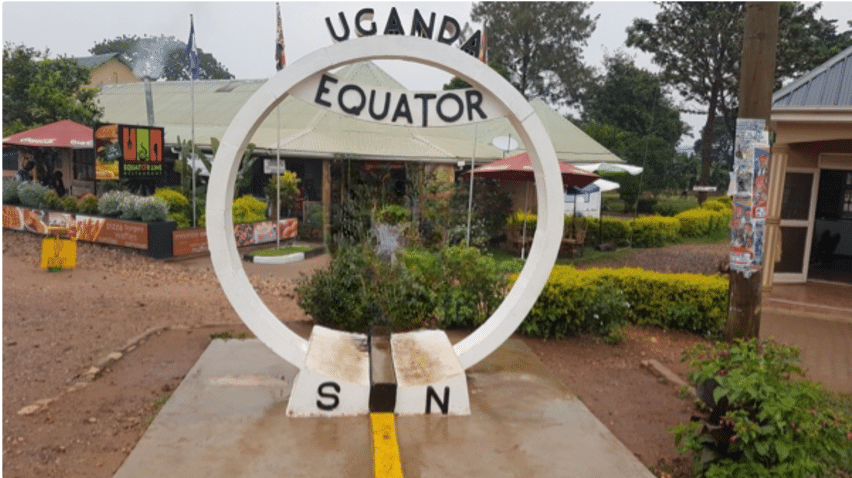
As you drive south of the country, flat farmlands soon transform into breathtaking views as you draw closer to the Kanungu District, where the gorillas await.
3 To have a sense of physical accomplishment
An overnight stay at a lodge near Bwindi Forest is required for the early start the following morning. The trek starts at about 8am because finding gorillas through the forest can take anywhere from one hour to all day.
The search is undoubtedly physically demanding as you need to meander through an extremely dense forest. There’s also the high altitude, steep climbs, muddy terrain and constant threat of rain to wrestle with so it is a journey to go on while you’re still strong and active.
After an extensive search, we were lucky to have found the gorillas in two hours. That moment when you finally see them is the reward for all your efforts.
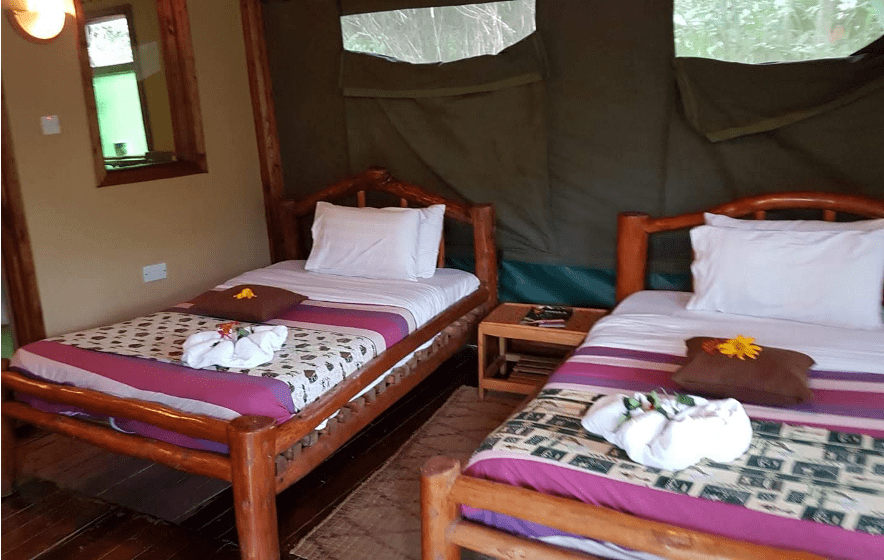
4 To be up close and personal with gorillas
The first thing that draws you in when you see gorillas is their stature and thick black hair. After that, it’s their eyes: piercing, yet vulnerable. Then you observe their movements: dominant, yet playful.
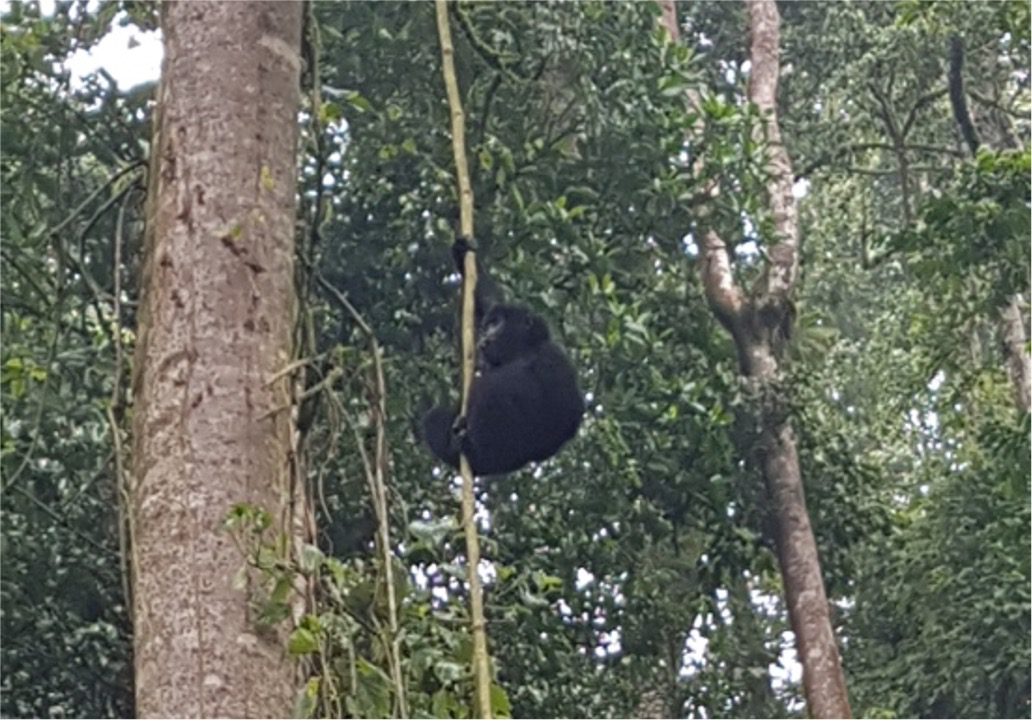
Everything about them seems familiar. After all, we are 98% genetically identical to them. It’s like being reunited with a long-lost relative. You feel adoration and disbelief. You smile, mesmerised, and capture these precious moments on camera and taking it all in.
You’re given one hour to be with them. Gorillas typically travel as a family of one male silverback, one female and some infants. The family we found had two infants, aged roughly two-years-old and just six months. We watched them as they ate, played and as the young ones showed off their newly learned skills of climbing trees.
Tourists stand three to four metres away from the gorillas which means you cannot touch them. This is due to the risk of disease transmissions from us to them and vice versa, given we’re so genetically alike.
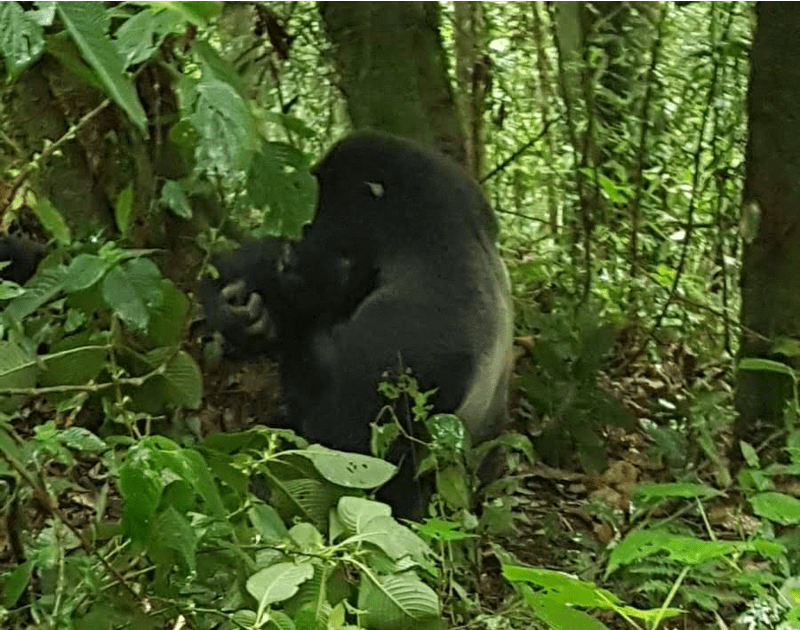
5 To support locals
After seeing the gorillas, the second most impressive part of the trip is the knowledge and dedication of the staff involved. The guides know every inch of the 330 km forest. They stay in close contact with other rangers throughout the trek to find out where the gorillas were last seen.
Our guide had multiple scars on his arm, which he brushed off as part of the job. He sustained those injuries fending off gorilla attacks until they were comfortable being around humans. A sacrifice made for our benefit. It explained why the gorillas seemed unfazed by us. Our guide and his entourage were now so familiar to them.
You can also ask someone to help carry a heavy rucksack or give a helping hand throughout the trek. No matter how fit or adventurous you think you are, accept the extra help as there’ll be times when you won’t know if or how you’ll make it through those steep forest climbs.
Then there's the armed guard who joins you in case you encounter any unpleasant animals on the trek. Bwindi forest has over 120 mammal species. And not all are as accustomed or as welcoming to humans.
All these experts - the guides, rangers and hospitality staff in the lodges – all work tirelessly to provide a memorable experience. Their efforts should be recognised and supported. Where possible, go with local operators.

6 To support decades of conservation efforts
The goal to save mountain gorillas has been part of a long-running programme. Mountain gorillas have been recognised as a flagship species by the World Wide Fund: Endangered Species Conservation (WWF) for 50 years. A combination of local and international conservation efforts have included reforestation projects and stopping the illegal trade in gorilla products.
The programmes have served to save the gorillas and their habitat. Revenue from tourism helps to fund these initiatives.
7 To appreciate remote areas while we still can
Africa continues to have the fastest urban growth in the world, with many in rural communities aspiring for the city life. The OECD projects the continent’s population to double between now and the 2050s, with two-thirds of this growth to be absorbed by urban areas. In the next 30 years, African cities will be home to an additional 950 million people.
As we extend our urban areas to make room for this increased demand, preserving these remote places will be just as important. They provide a way to connect with nature and its beauty and for us to escape from everyday life. Let’s hope and make sure such areas still exist in years to come.
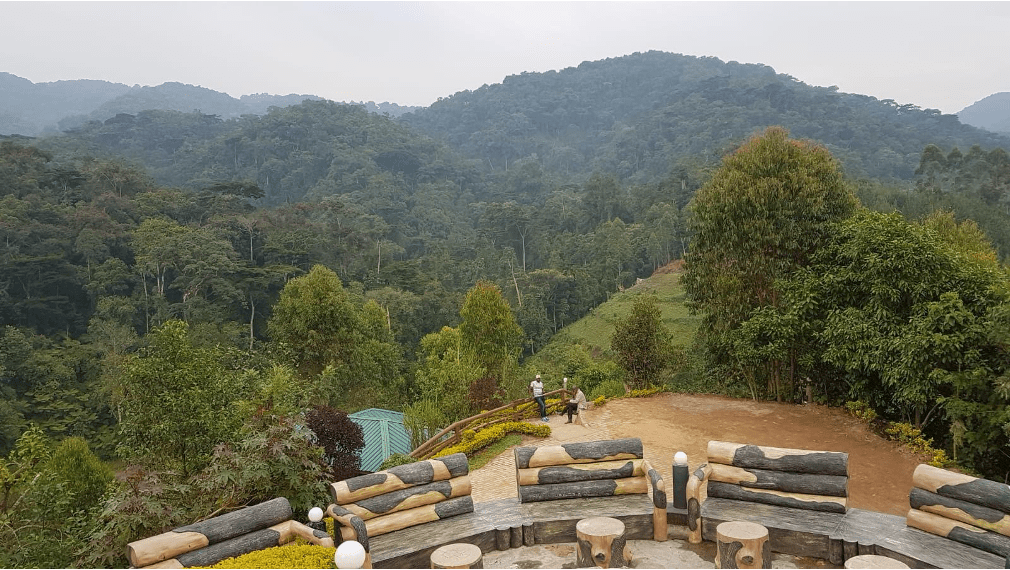
8 To create a lifetime memory
Gorilla trekking is a special experience. You may decide to do it for an adrenaline rush, for a unique wildlife sighting, or to take a break from the hustle and bustle of city life. The memories of rare animal encounters are the ones that stay with us forever.
Here are some tips to help you plan a gorilla trekking trip to Uganda:
A wonderfully written piece and a boost to a unique tourist experience in Uganda. Hooray to all the conservation efforts!
Great article! I definitely want to try Gorilla trekking one day.
Gorilla trekking in Uganda can truly be a life-changing experience. A very unique opportunity!
I'm inspired to go gorilla trekking one day!
great read. It's amazing!
Amazing and Informative post
I'd love to do that some time. Sounds amazing.